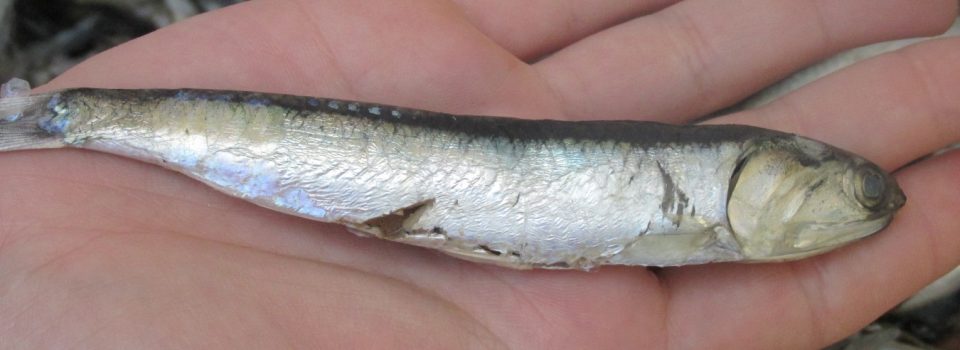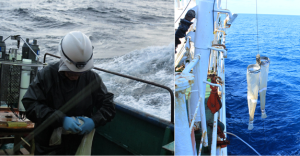IFOP delivers 2017 north and north center spawning stock of anchoveta evaluation results recurring spawning areas and environmental differences among both zones
July 12th, 2018On Thursday, June 28TH , “2017 Bio-oceanographic conditions and Evaluation of anchovy spawning stock between the XV and II Regions“, ASIPA projects workshop results was held at Valparaíso Fisheries Development Institute (IFOP) auditorium, and” 2017 Evaluation of anchovy spawning stock between III and IV Regions“, developed during this resource maximum reproductive activity period in 2017. In the workshop, the most relevant results from both projects were jointly exposed and discussed in an integrated way. The meeting was attended by researchers and officials from various Universities and Institutions, such as Fisheries and Aquaculture Undersecretariat, Universidad Nacional Arturo Prat, Pontificia Universidad Católica de Valparaiso, Oceanic Research Center (CIAM), CERCOPESCA, Universidad de Valparaíso, Ministry of Economy and Universidad de Concepción.
Among the most relevant results, and common goal from both projects, Professor Gabriel Claramunt from Universidad Arturo Prat (UNAP) from Iquique, presented spawning anchovy stock biomass (Daily Egg Production Method MPDH) belonging to 2017 Arica – Parinacota and Antofagasta / Atacama and Coquimbo regions and compared its results with previous years. In the northern region, spawning stock biomass decreased by 45% in relation to the previous year, remaining below the average (719018 tonnes) since 2013, which has been related to a reduction in the spawning area and a gradual decrease in size. , weight and fecundity of the spawning fraction. While in the north central area, the biomass of the spawning stock shows an increase as of 2015, reaching 67228 tonnes in 2017. In the area of the MPDH, methodological changes made in order to standardize this evaluation tool were described, and it was used in northern, north central and south central regions of Chile.
IFOP researchers, as well as from UNAP and Universidad de Valparaíso (UV), presented north and north center environmental conditions results. As a novelty, these 2017 projects included specific research objectives in characterization and environmental differentiation of both areas, as well as identification and characterization of recurring anchovy spawning areas, among others. Project results showed difference at environmental conditions among both zones and a transition area between south of Antofagasta and Chañaral (latitude 24 ° S and 26 ° S). Likewise, it was shown that environmental variables influence anchovy eggs spatial distribution. In this sense, on one hand, northern zone eggs distribution was determined mainly by chlorophyll, while in north central zone this distribution was associated with temperature. Additionally, a positive relationship was shown between chlorophyll concentration coverage greater than 1 ug / l with both regions spawning area size. The recurring spawning areas were located, according to the results presented, in the coastal zone and mainly in protected areas of the south wind, such as bays, which were associated with high concentrations of chlorophyll.
It is worth mentioning that the organization and development of the workshop was in charge of the project managers, Jorge Angulo and Hernán Reyes, in close collaboration with the members of Oceanography and Environment Department, who highlighted the importance of having presented for the first time results of both projects jointly, even more having standardized the methodology used to solve the proposed scientific objectives, which was fundamental to be able to compare both projects results

